
Evidence for a connection between low vitamin D levels and glaucoma is increasing but the link remains speculative and no causal connection has been demonstrated.

Evidence for a connection between low vitamin D levels and glaucoma is increasing but the link remains speculative and no causal connection has been demonstrated.
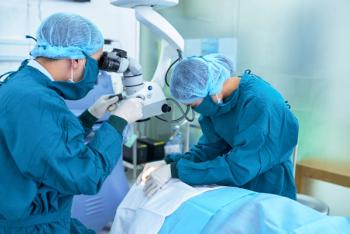
Intraocular drainage surgery in angle closure remains experimental and investigators are collecting data regarding its efficacy as well as adverse effects.
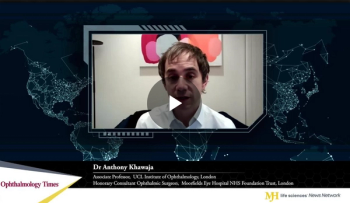
Dr Anthony Khawaja, speaks on how ophthalmologists can revolutionise the diagnosis and treatment of glaucoma through precision management.
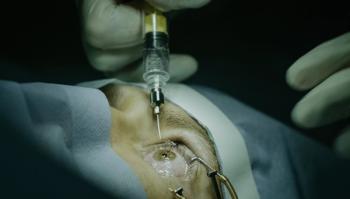
Surgeons can consider a relatively simple, inexpensive, efficient and accessible incision-free procedure to preserve blebs.
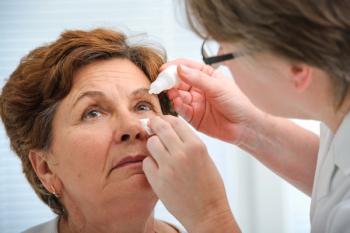
To date, the suprachoroidal space has not been a feasible route to reduce intraocular pressure in glaucoma. A new device promises to change that.

Tanner Ferguson, MD, Cole Eye Institute, discusses findings from the study "Trabecular Micro-bypass Stent Implantation (iStent)" + Phacoemulsification in PXG: Six-Year Outcomes," during the virtual AAO 2020 meeting.

In this roundtable, members of the Ophthalmology Times Europe® Editorial Advisory Board consider the top challenges and opportunities that they anticipate will affect ophthalmology in Europe in 2021.
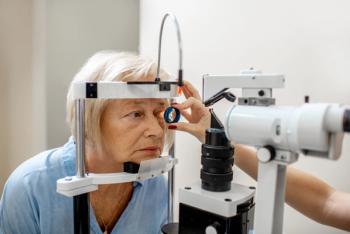
Gonioscopy may offer a reasonable and cost-effective method to evaluate the function of the trabecular micro-bypass device post-implantation and it could help in adjusting the therapy after the surgery.
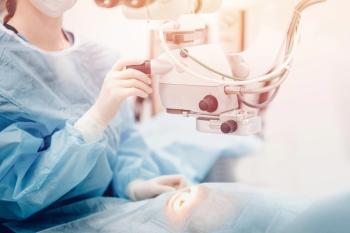
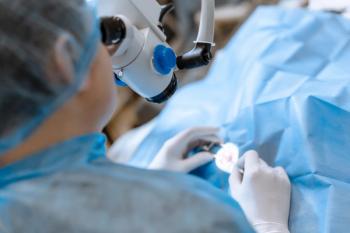

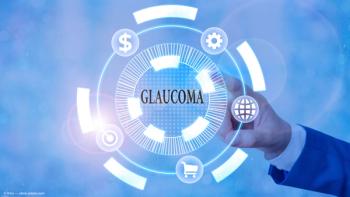
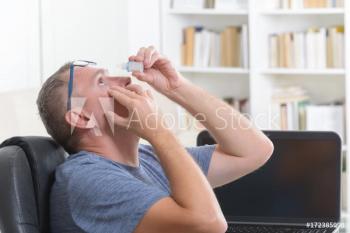

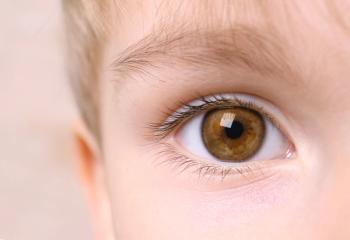
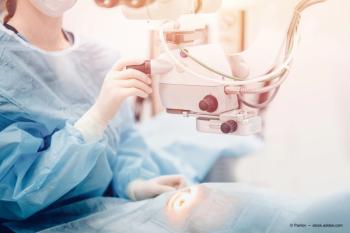
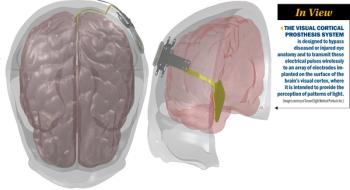
Visual cortical prosthesis intended to create artificial form of useful vision for blind individuals
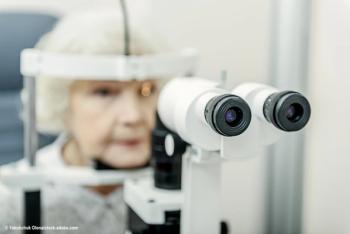
Better visual outcomes goal for patients who also have had glaucoma procedure
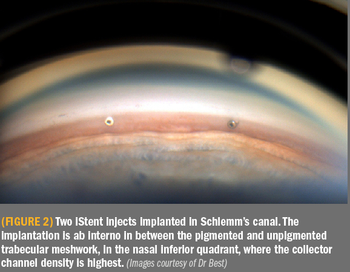
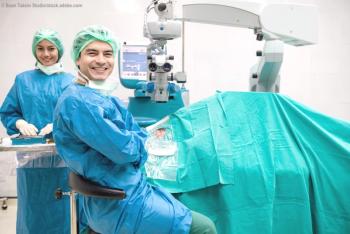
System preloaded with two trabecular bypass stents for ab interno implantation



Stereoscopic photographs are a useful tool in the detection of glaucoma, however, the difficulty in obtaining them has seen them underused in favour of optical coherence tomography (OCT). A new device is attempting to redress this balance, enabling stereo-photography to be used alongside OCT for optimal practice.
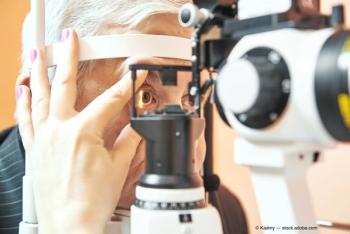
As an objective measure of the function of retinal ganglion cells, pattern electroretinography (PERG) testing reveals subclinical optic nerve changes that may be critical for deciding when to start therapy to avoid vision loss from glaucoma progression.
